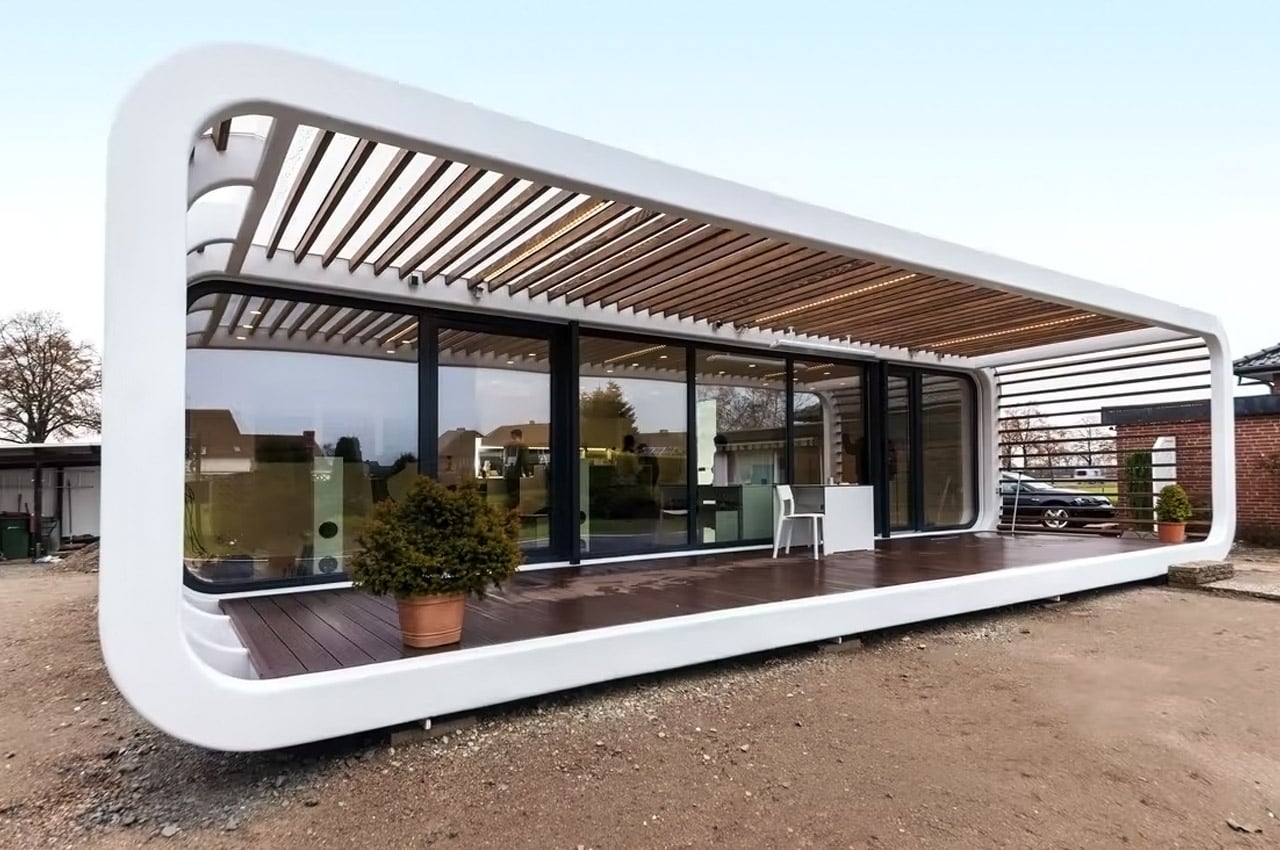
Residing in a sustainable, acutely aware, and good method has turn into not solely a necessity however our ethical obligation and responsibility towards the planet. Our properties ought to seamlessly combine with, and nourish the planet, not drain her sources and cut back her lifespan. Being at one with Planet Earth, whereas taking rigorous care of her has by no means been extra of a precedence. In an effort to encourage an eco-friendly lifestyle, sustainable structure has been gaining immense reputation amongst architects. They’ve been designing sustainable properties. These properties purpose to harmoniously merge with nature, co-existing with it in peace, and permitting us to stay in equilibrium with the atmosphere. They cut back their carbon footprint and encourage a sustainable and clear life-style. And, to not point out they’re aesthetically and visually pleasing as properly! From a tiny sustainable dwelling that solely measures 3×3 meters to a hostel in Shanghai constructed utilizing recycled purple bricks, pure clay, and reed bundles – these superb designs will convert you right into a sustainable structure advocate!
1. The Coodo
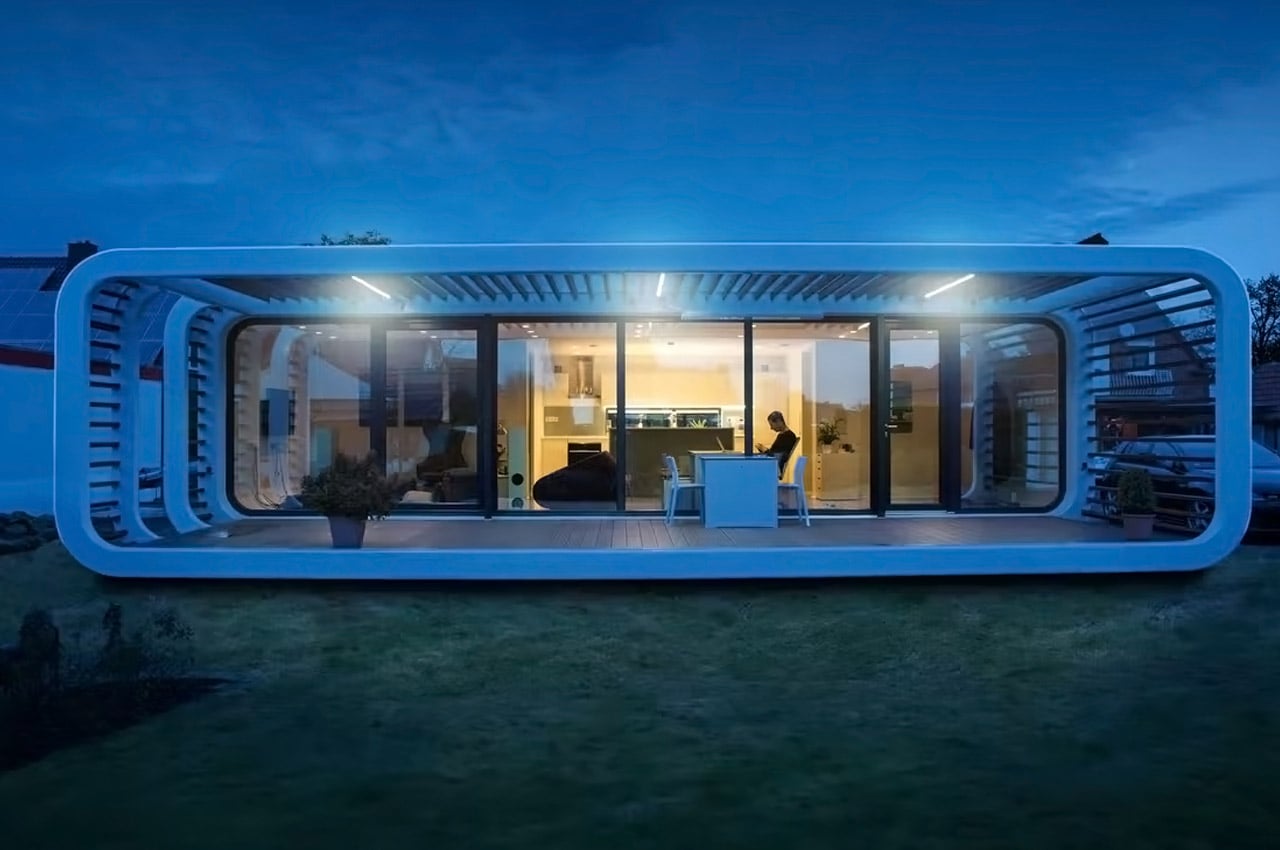
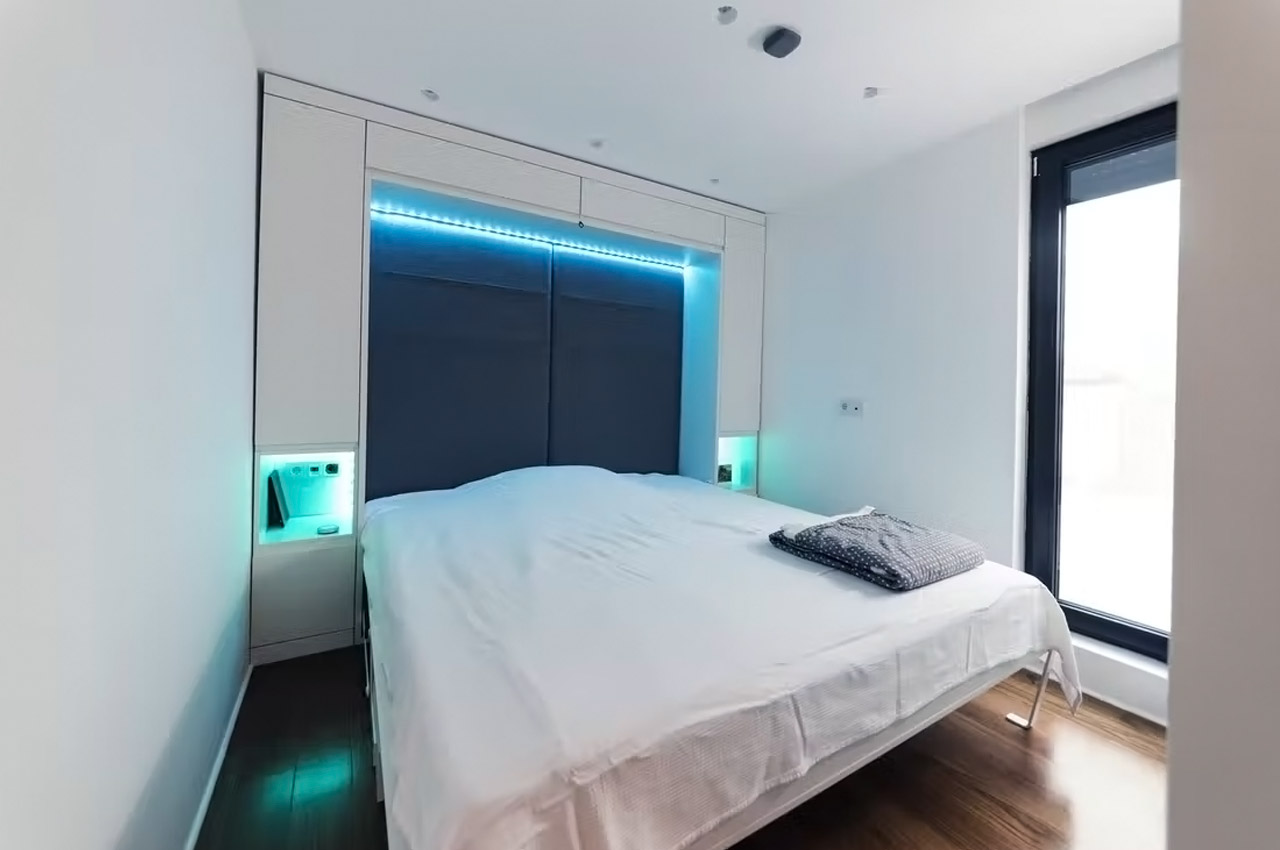
A few years in the past, German entrepreneur Mark Dare Schmiedel received fairly fed up with the chaos of Berlin and determined to maneuver to the countryside, constructing his personal quaint loft alongside the banks of the River Spree. The peace, calm, and zen that adopted, received him questioning whether or not it might be potential to create an identical, however a cellular type of dwelling, that would present the identical sanctuary to others. In his quest for such a retreat, he got here throughout a cellular dwelling idea designed by a gaggle of Slovenian architects referred to as ‘Coodo’. Schmiedel went on to acquire the design rights of the idea, by means of his firm LTG (Lofts to Go) and kickstarted the manufacturing of the items. The modular properties purpose to deliver you nearer to nature, to an area away from the crowds, the place you may really take pleasure in the fantastic thing about a second.
Why is it noteworthy?
It encompasses a curved, minimal metal body with rounded edges and beautiful floor-to-ceiling glass partitions. The gorgeous glass partitions enable a beneficiant stream of daylight to enter the house. Whether or not on rooftops within the metropolis, on seashores, on mountains, or alongside a river, the Coodo will be simply put in virtually anyplace.
What we like
- Built-in utilization of good dwelling know-how.
- Adherence to Passive Home requirements.
What we dislike
- With its deal with pure settings, we want there was a approach to enclose the open patio house to shut up when away from the house
2. Haus Hoinka
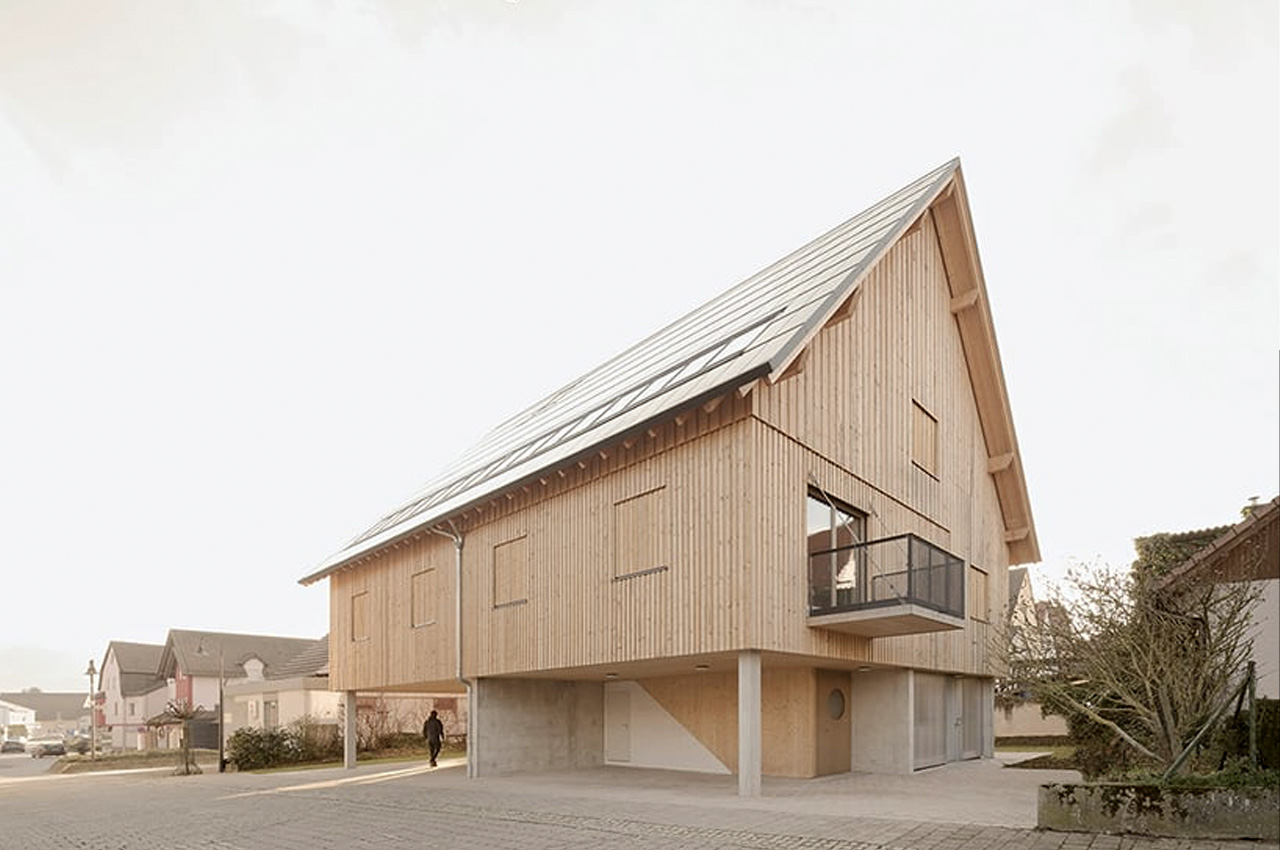
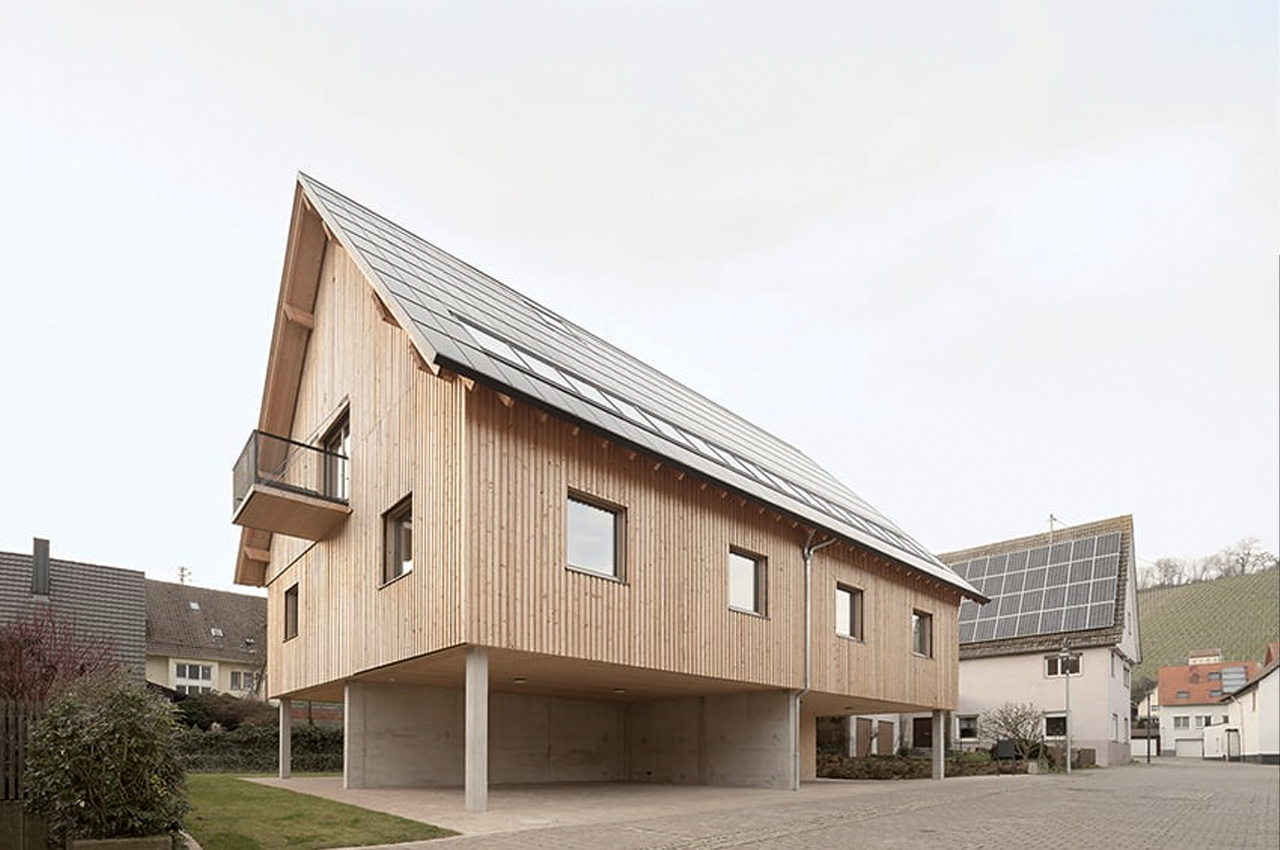
Positioned within the district of Pfaffenhofen, Germany is a small home referred to as Haus Hoinka. Designed by Atelier Kaiser Shen, the Haus Hoinka is nestled in a bit village that’s dominated by half-timbered sixteenth and Seventeenth-century homes, a country church setting, and vineyards.
Why is it noteworthy?
A serious initiative of this challenge is to make the most of and encourage sustainable constructing building utilizing easy and clear supplies that may be simply and effectively recycled individually. The challenge goals to make use of pure and renewable supplies that may be launched into the pure cycle later. Bales of straw and a combination of clay plaster have been employed because the supplies of selection for this initiative.
What we like
- The late Nineteenth-century building follow utilized by the architects focuses closely on straw as it’s renewable and recyclable
What we dislike
- The aesthetics and magnificence of the house are fairly conventional, which gained’t be appreciated by everybody
3. Octothorpe Home
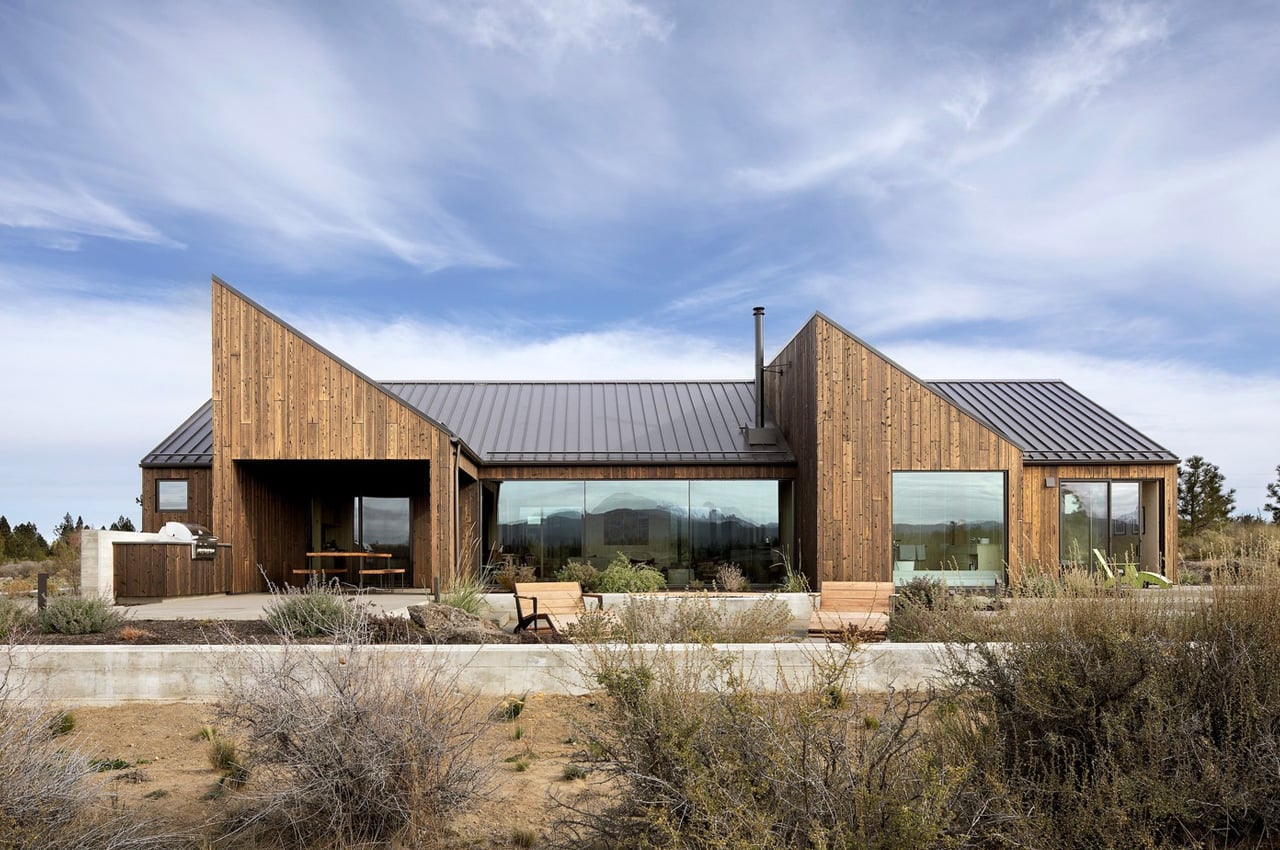
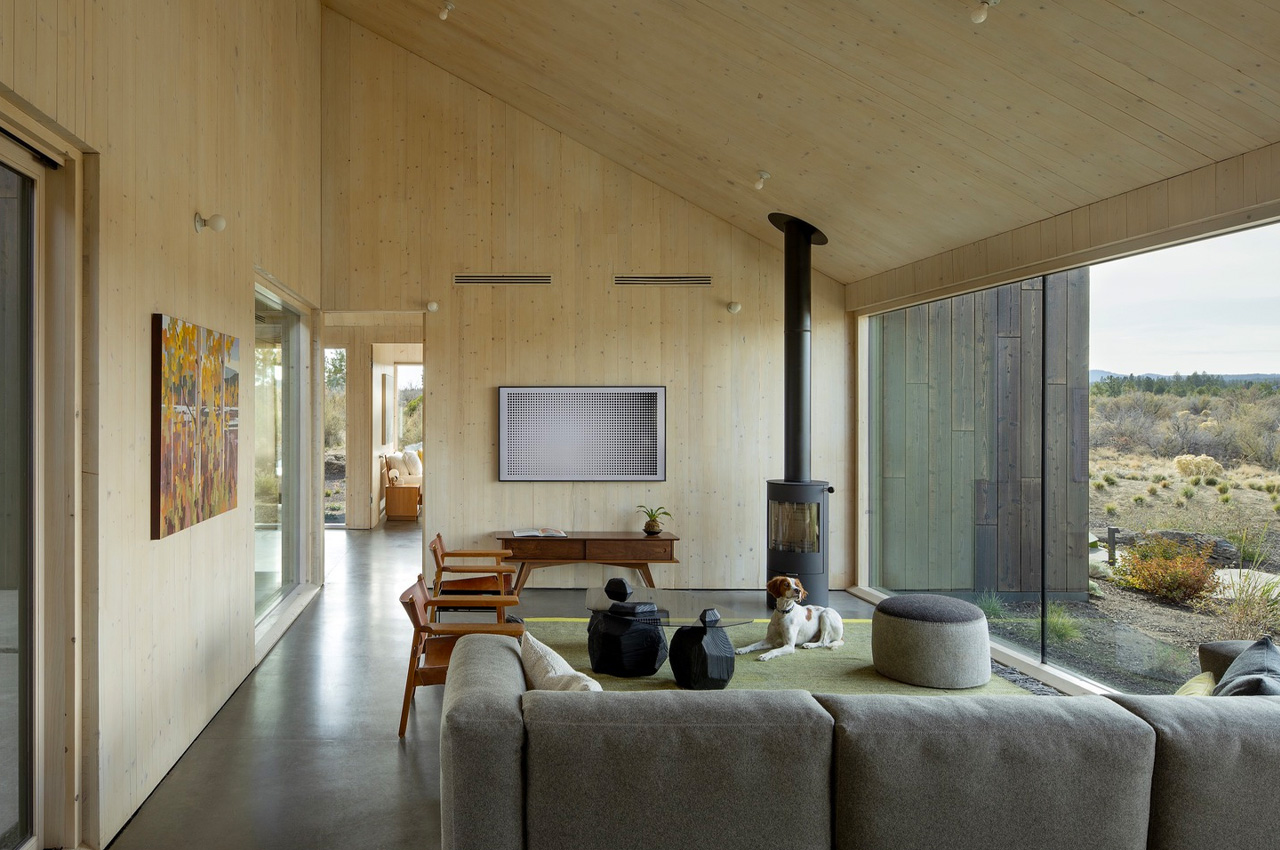
Referred to as the Octothorpe Home, this spectacular dwelling within the Oregon excessive desert space close to Bend was commissioned by a pair Mike and Katherine to Mork-Ulnes Architects. They wished a house that might harmoniously merge with the desert panorama, and be environmentally pleasant as properly.
Why is it noteworthy?
To satisfy the consumer’s want for a sustainable dwelling, Mork-Ulnes Architects determined to make use of ‘cross-laminated timber’ within the building of the house. What makes this timber sustainable is the truth that it has a strength-to-weight ratio that’s much like concrete, however it’s 5 occasions lighter as in comparison with it. CLT is pre-cut off-site, which additionally reduces building waste immensely.
What we like
- The architects utilized CLT to construct the interiors and the outside of the Octothorpe Home, this prevented them from releasing virtually 15 metric tons of greenhouse gases into the air
What we dislike
- The central courtyard has an open design, which we hope has a retractable roof
4. 3×3 Retreat
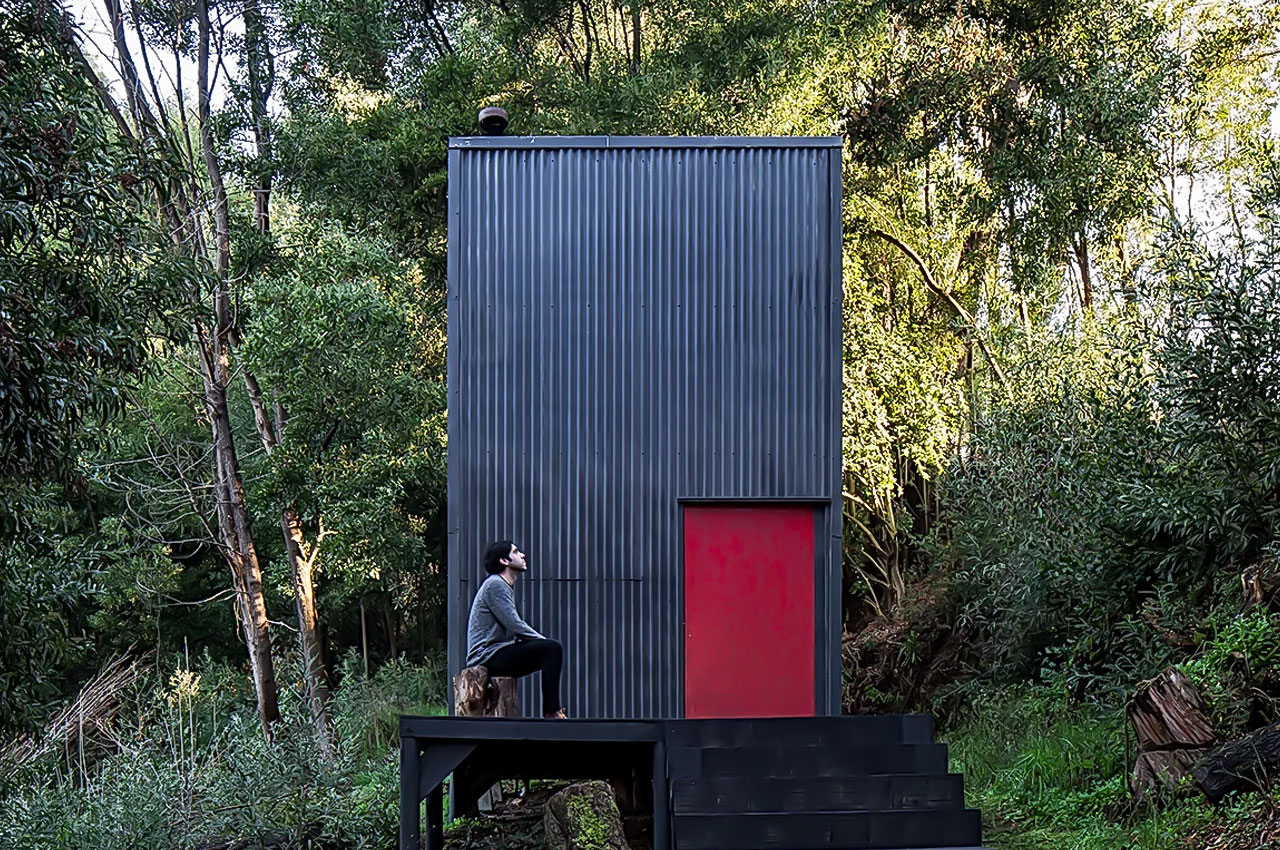
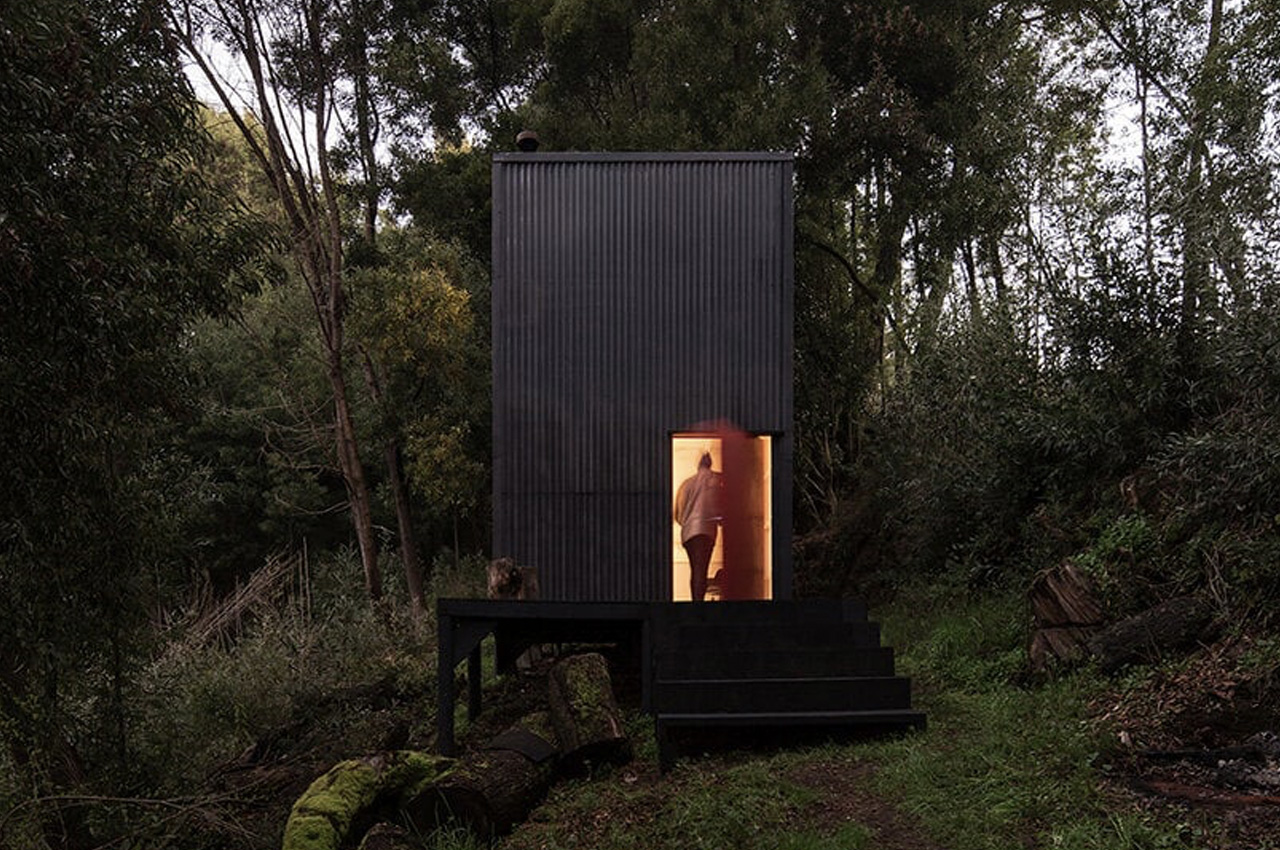
Tucked away within the rainforest panorama close to Southern Chile’s La Unión metropolis is a tiny cabin referred to as the three×3 retreat. Designed by Estudio Diagonal Architects, the tiny dwelling was designed to create a way of cohesion between the ‘radical geometry’ of the construction, and the pure and natural essence of the location.
Why is it noteworthy?
The cabin goals to operate as a cushty, cozy, and useful dwelling within the uncooked rainforest, with out disturbing or inflicting hurt to the forest within the least. It’s positioned on a slope, that subtly overlooks the Radimadi River. This was a genius transfer because it permits the cabin to supply its residents with beautiful views of nature.
What we like
- Your entire cabin was constructed by utilizing widespread and economical constructing supplies, equivalent to commonplace pre-dimensional pine wooden
- Native building strategies have been utilized
What we dislike
- The small footprint will not be appropriate for everybody. Some individuals could discover it too tiny
5. The Nokken Cabins
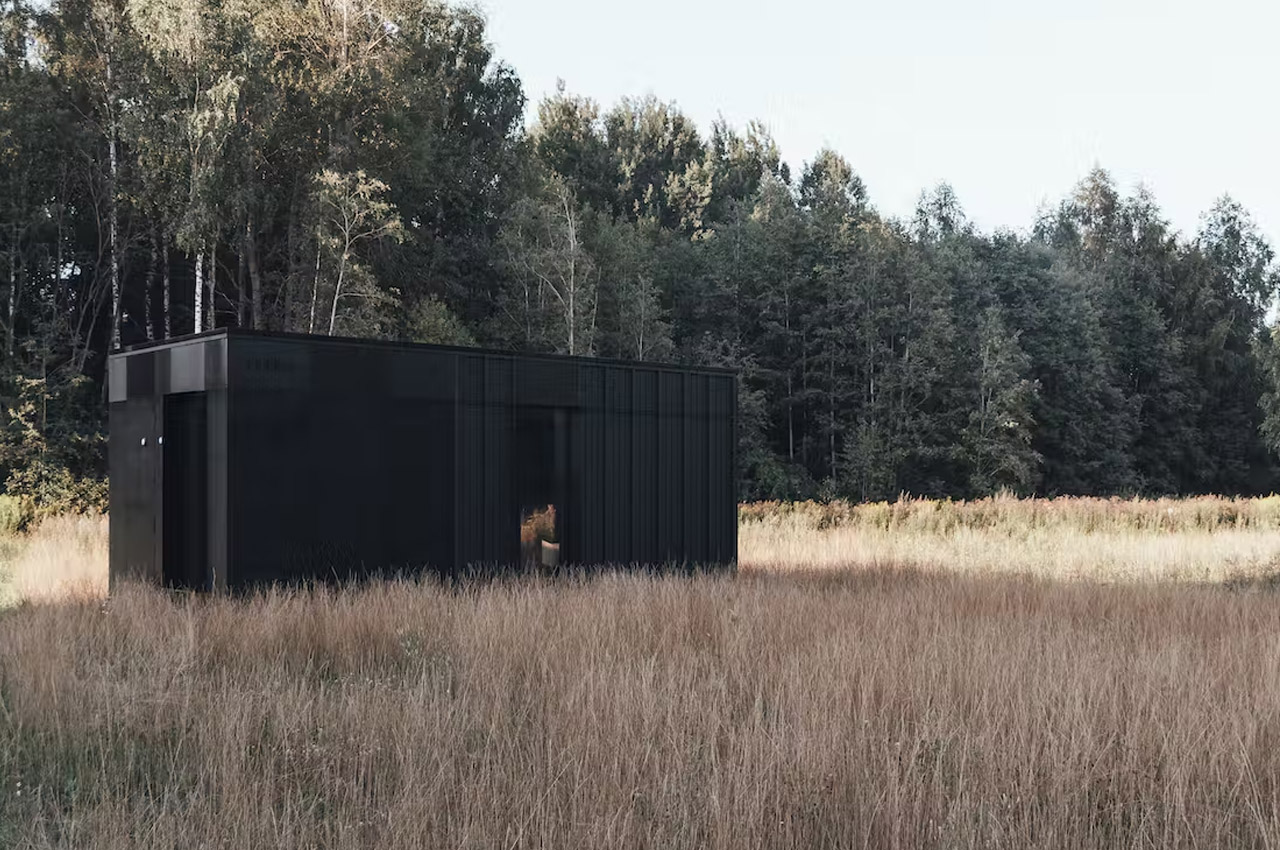
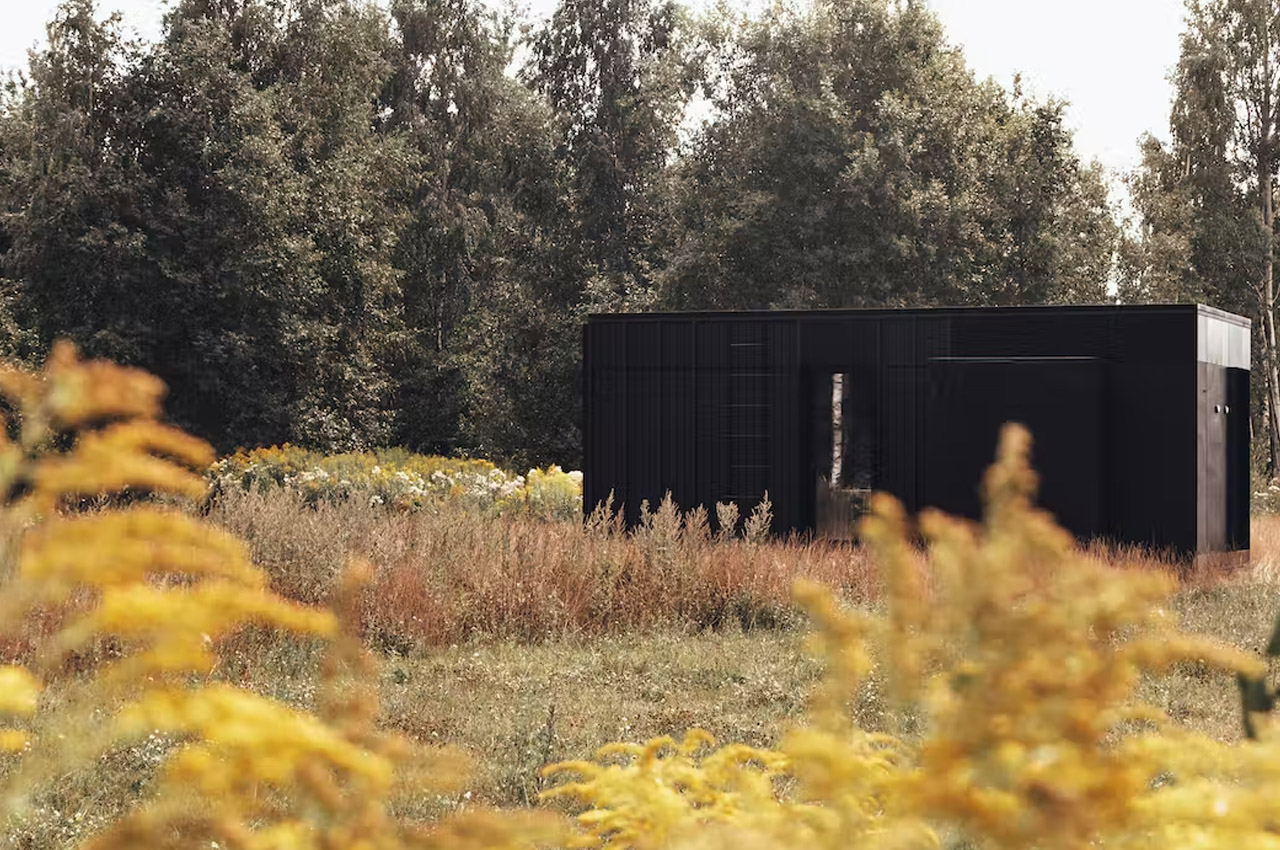
Referred to as the Nokken Cabin, these prefab cabins will be bought by anybody, however the designer duo has greater plans for them. They need clusters of them to be positioned in stunning and distant areas to create “panorama lodges”, that may present an expensive glamping expertise. You’ll be capable to join with nature and unwind, however in a cushty and comfy house – with out having to roughen it out principally.
Why is it noteworthy?
The Nokken Cabin was created for the aim of growth and was meant to be a fairly versatile construction. It may be used as a journey lodging, a workspace, a retail factor, a spa, a restaurant, and even as a easy dwelling.
What we like
- A good looking image window in entrance of the mattress gives surreal views of the panorama.
What we dislike
- Whereas we love the minimal black construction, could be nice if there was an optionally available open house/terrace house to raised recognize the environment
6. SOM LAND
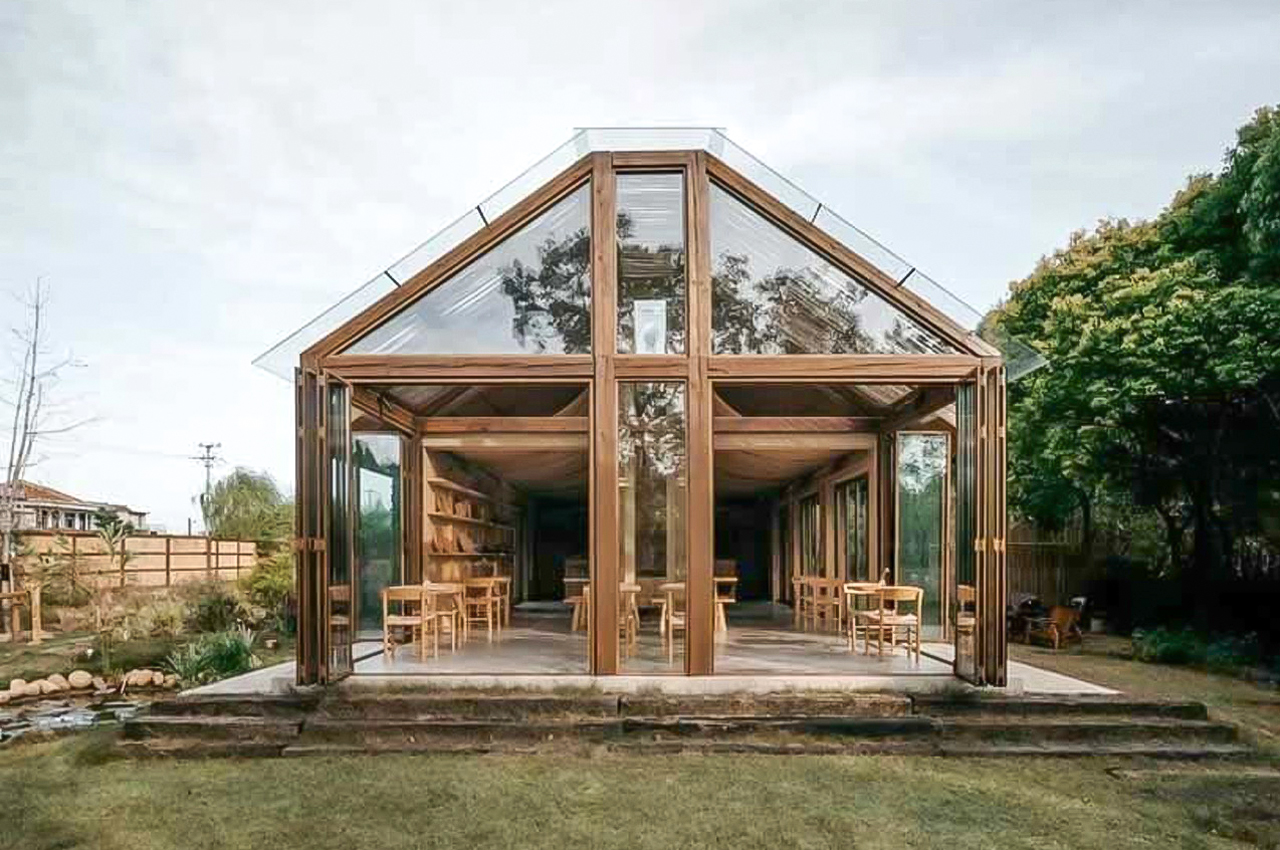
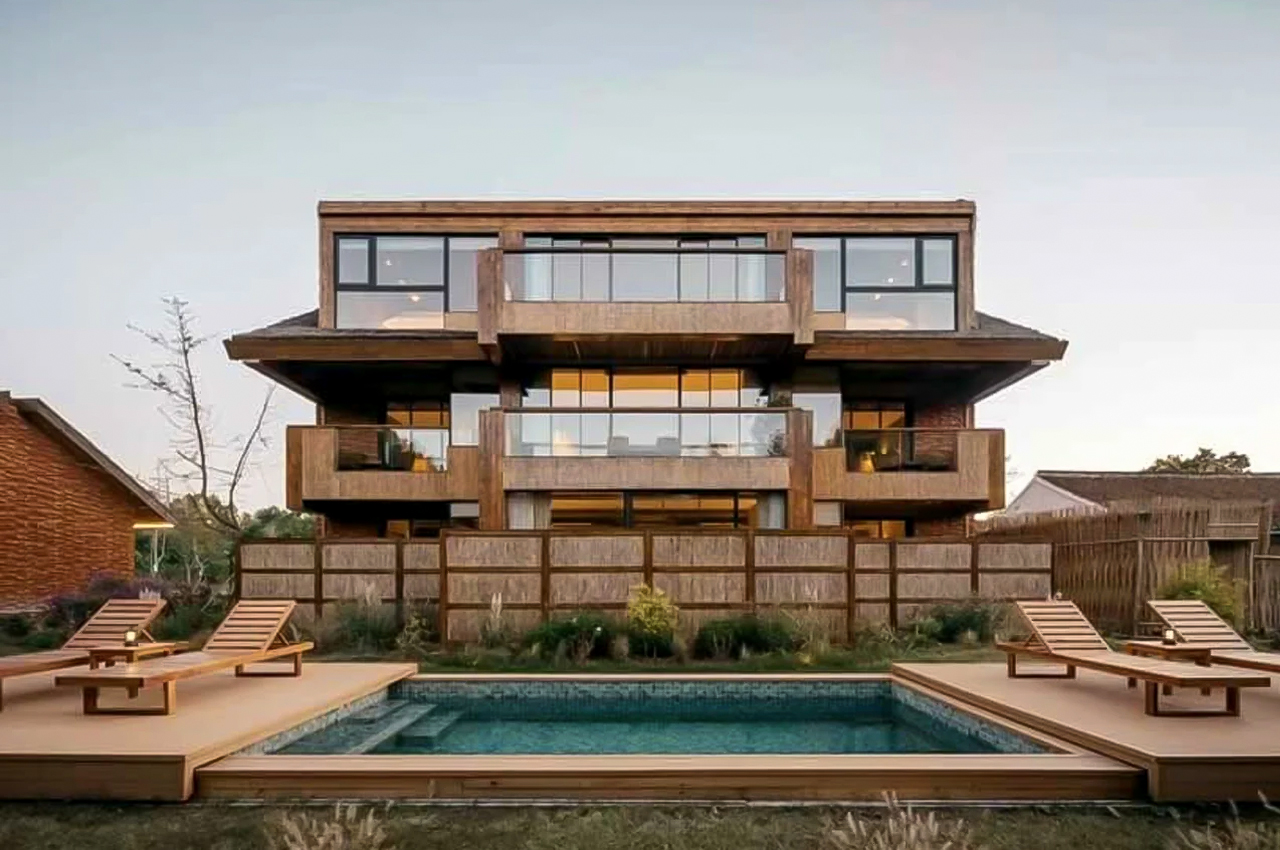
Chinese language design studio RooMoo reworked a pre-existing constructing right into a hostel on the Chongming Island of Shanghai. Referred to as the ‘SOM LAND’, the hostel is known as after the standard Chinese language colour of heat inexperienced, which makes a reference to the gaps present in between tree shadows and is a tribute to a slow-paced life.
Why is it noteworthy?
The development of the hostel concerned the utilization of native customs and handicrafts and induced minimal harm to the encompassing land. In truth, it included the encompassing atmosphere into the architectural scheme.
What we like
- To include sustainability into the construction, it was constructed utilizing recycled outdated wooden boards, wasted purple bricks, tree branches, reed bundles discovered on the location, and bamboo and different regionally sourced and discarded supplies
What we dislike
- Regardless of being renovated, the aesthetics of the hostel are old-school and will be thought-about out of fashion
7. LILELO
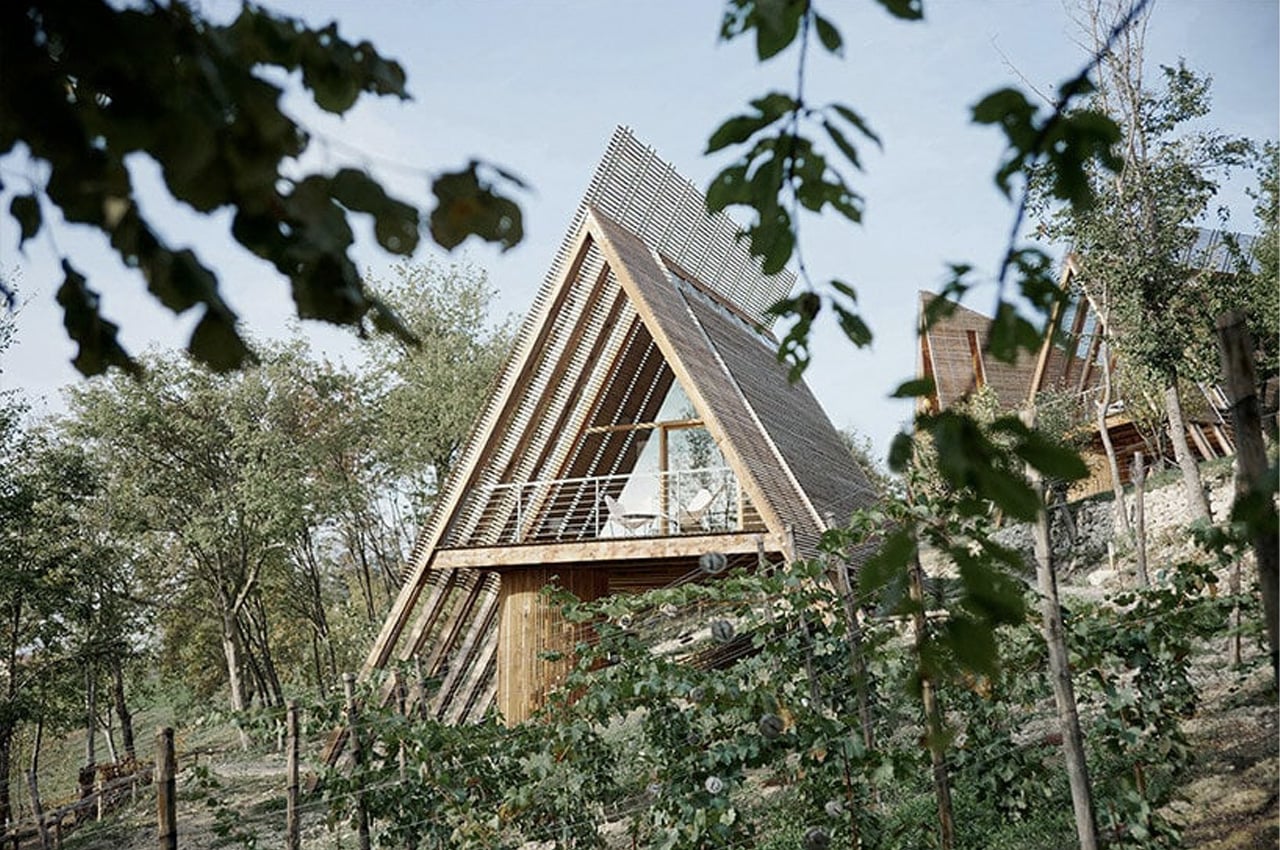
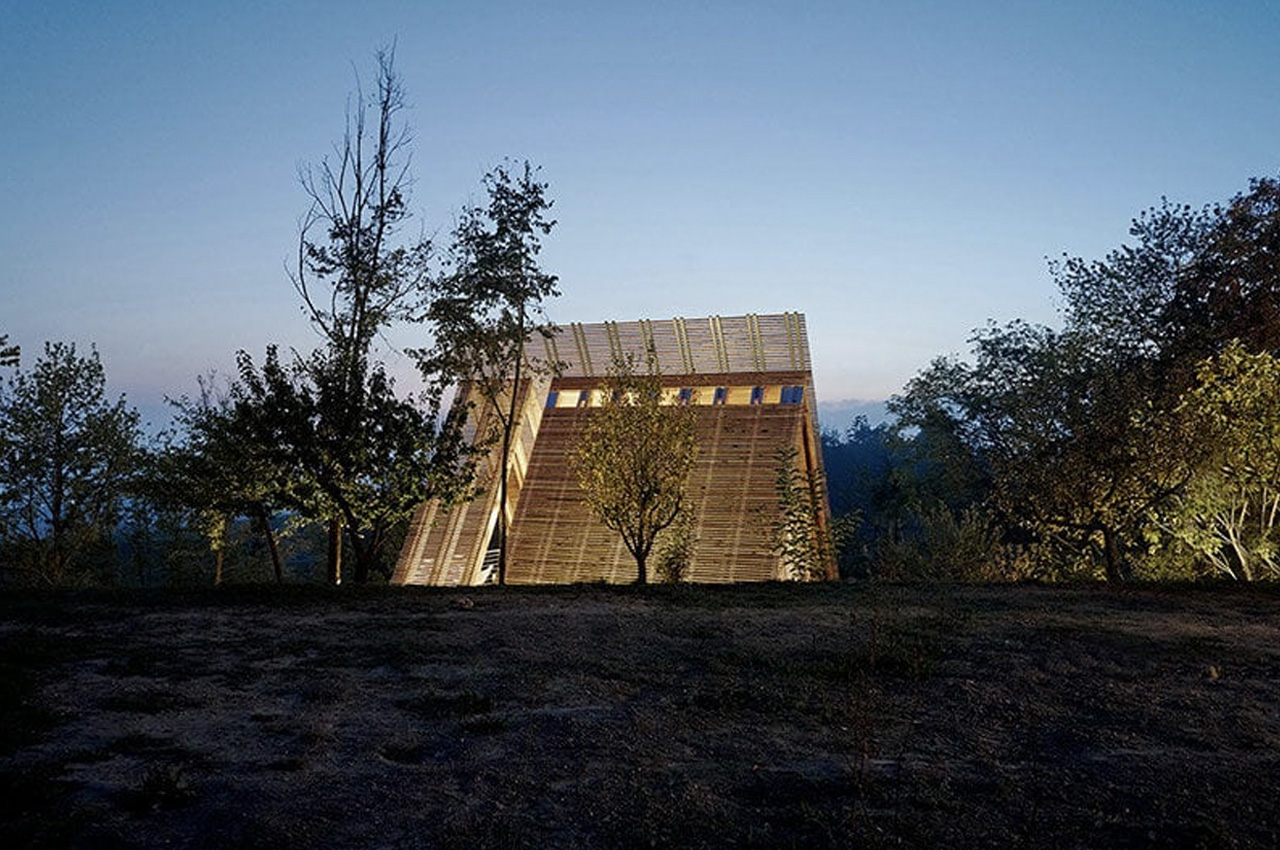
Nestled away within the middle of Piedmont, Italy, surrounded by vineyards and woodlands is LILELO (Little Leisure Lodges). It features a group of 4 cute picket cabins.
Why is it noteworthy?
The cabins are impressed by conventional haystacks, making a triangular silhouette, which is supported by a trunk-like base. The cabins have been elevated off the bottom, guaranteeing they don’t contact it, in an try and undertake a sustainable strategy. This strategy lays an emphasis on power effectivity and eco-compatibility materiality.
What we like
- The elevated cabins guarantee that there’s minimal influence on the bottom, whereas additionally fantastically complementing the sloping topography
- The eco-cabins artfully merge with their surrounding, creating the impression that’s it at one with nature round it
What we dislike
- There’s just one door in all the cabin, which might result in an absence of privateness
8. Casa ZGZ
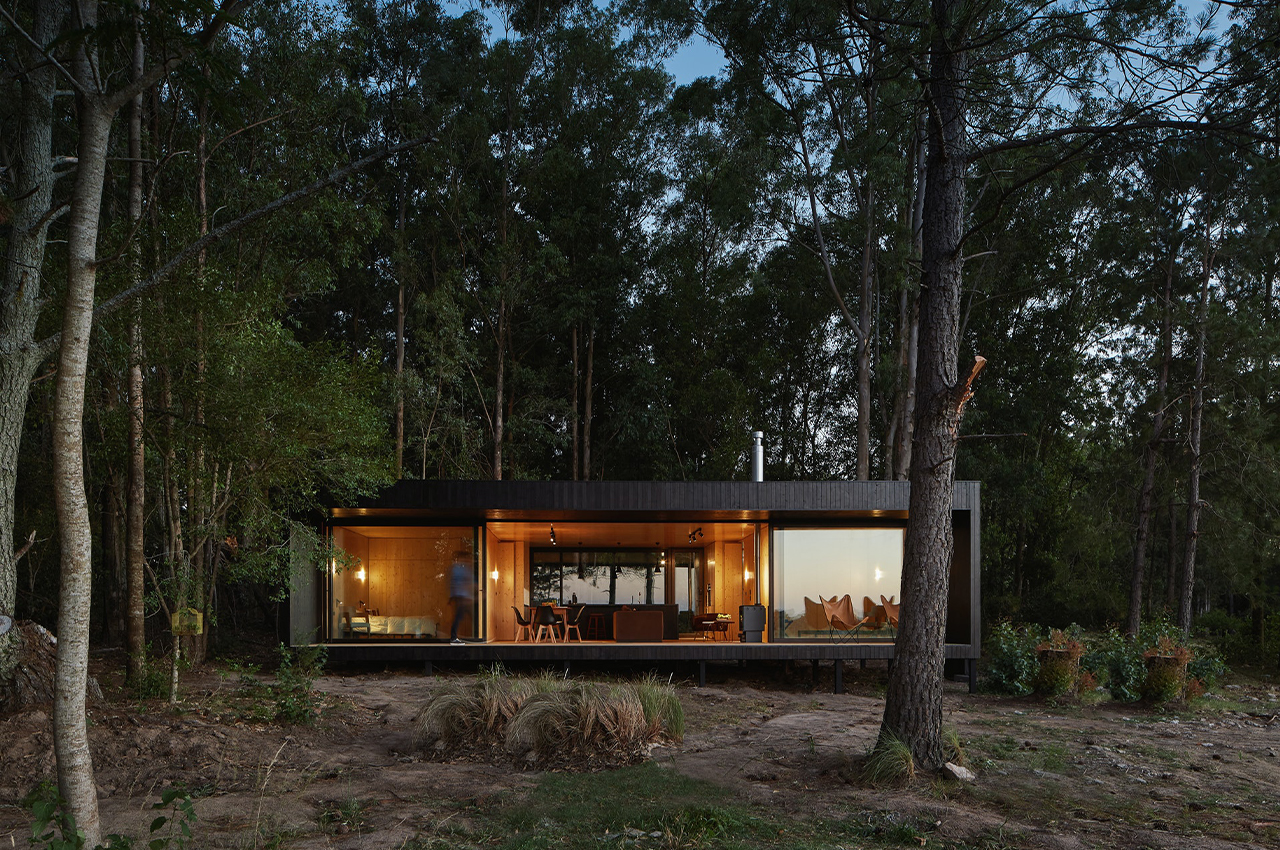
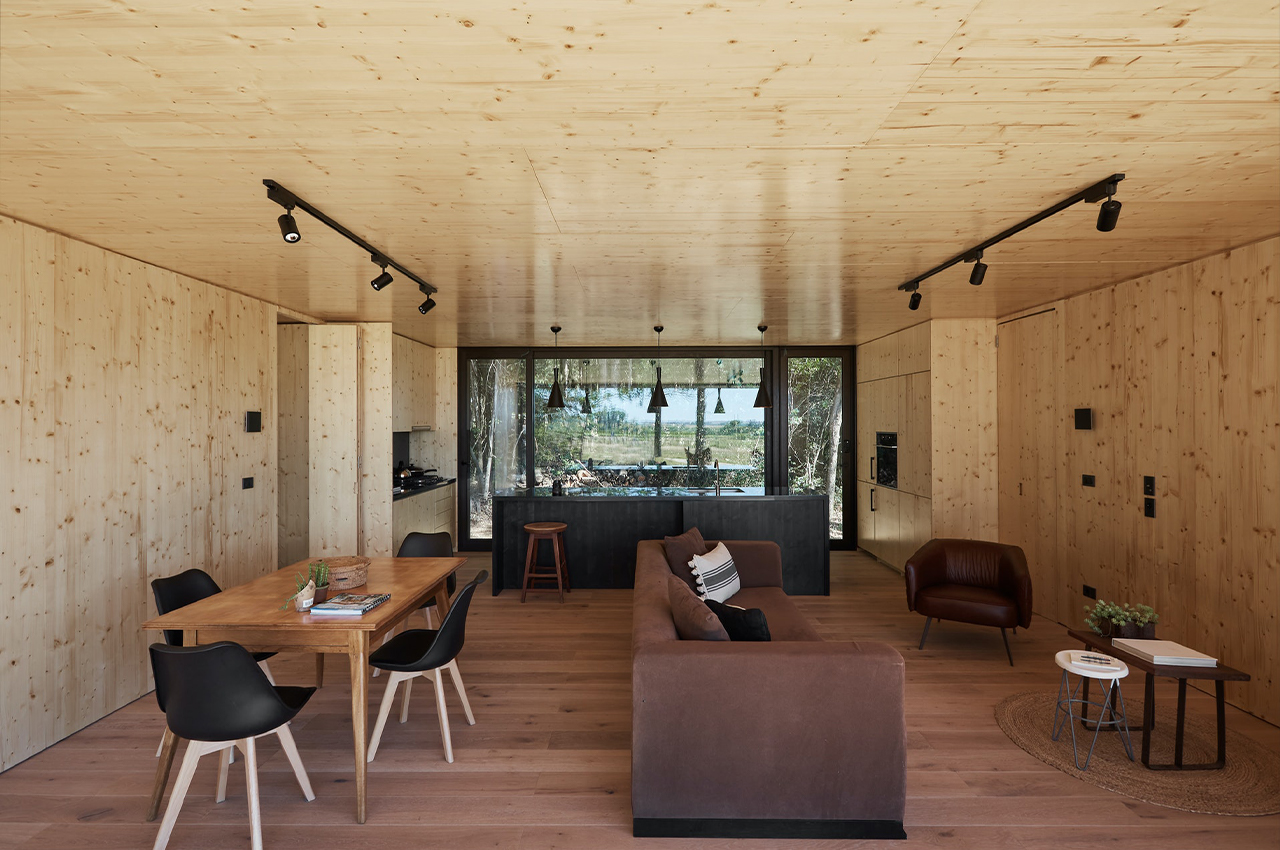
Montevideo-based structure agency iHouse constructs prefabricated properties utilizing the newest dry building strategies at the moment trending on the worldwide stage. With solely 70 days to construct a dwelling for Conrado, an Uruguayan dwelling in London, on his household’s property in Colonia, iHouse was well-equipped to tackle the challenge. Fashioned by the merging of two modules, Casa ZGZ was constructed offsite after which put in on the household’s property in simply 5 days.
Why is it noteworthy?
As Colonia is considered one of Uruguay’s oldest cities, the crew behind Casa ZGZ hoped to keep up the spirit of the area’s historic structure whereas contemporizing the cabin to accommodate trendy wants. The one-level residence is clad in black in an effort to current cover the house in plain sight amongst the numerous parts of nature that encompass it. The black exterior additionally warms up the house’s picket inside, which is paneled with wooden licensed by the Forest Stewardship Council.
What we like
- Minimizing the house’s influence on the area’s atmosphere and land, Casa ZGZ was constructed offsite in two modules
- Coexists in concord with an area alien to its language
What we dislike
- It may have been outfitted with one other degree/story
9. Koto Design x Adobu’s Prefab House
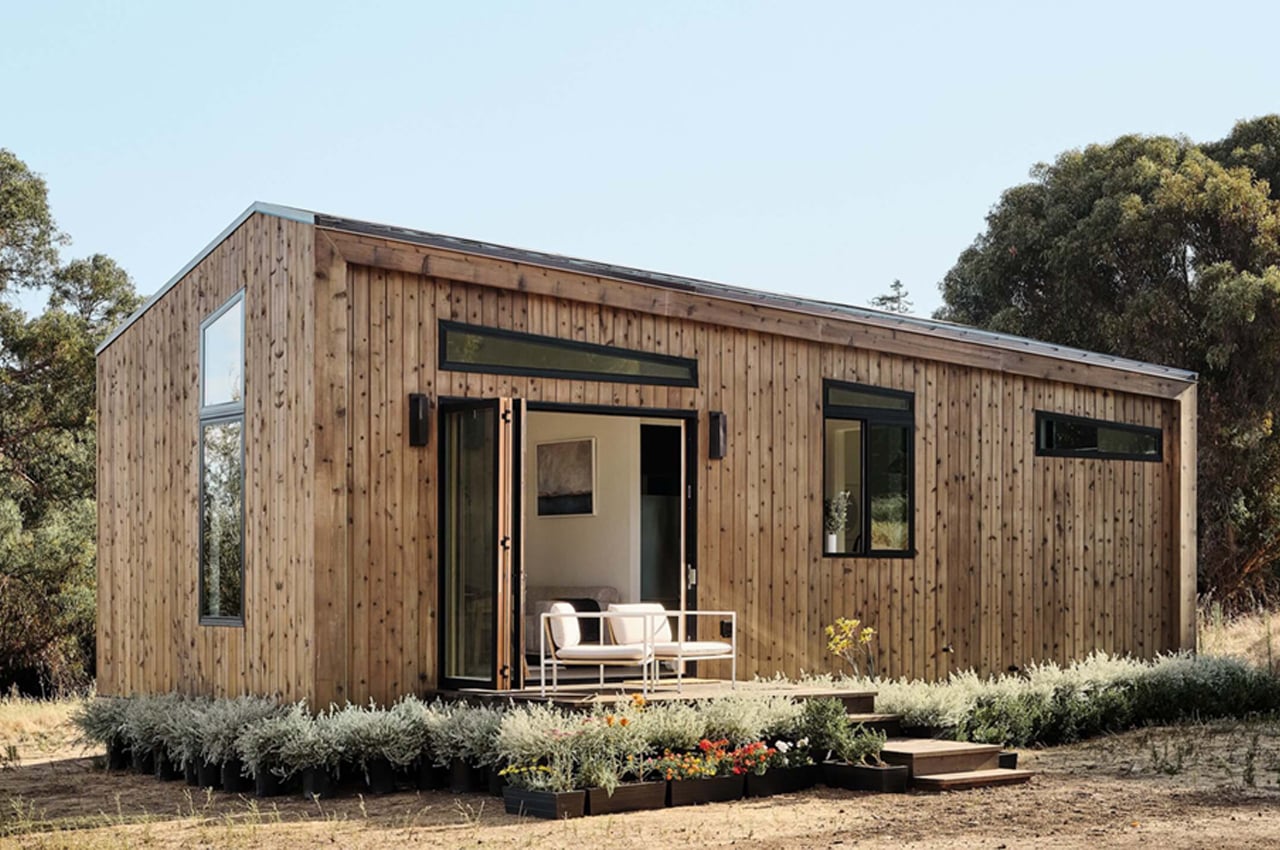
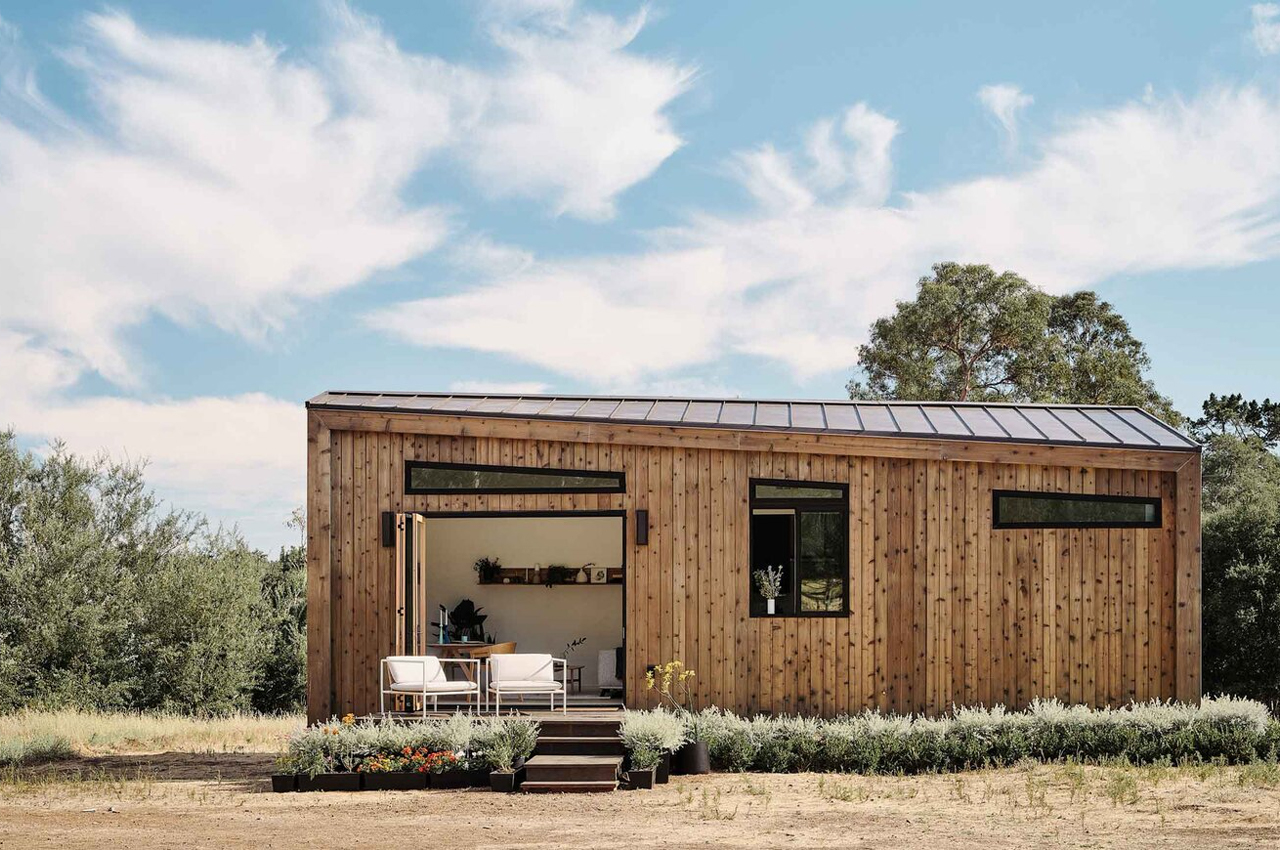
Based mostly within the English seaside village of Westward Ho!, the structure studio Koto Design captures the mellow vibe of a day spent on the seashore and interprets it into a house house. Impressed by Scandinavian simplicity and Japanese minimalism, the outcome comes by means of breezy, open ground layouts and natural constructing supplies.
Why is it noteworthy?
The structure studio is thought for its intensive catalog of sustainable, prefabricated tiny properties that may be transported to areas throughout the globe. In a latest collaboration with the USA-based, yard home-building firm Adobu, the 2 studios labored collectively to assemble a tiny, prefabricated dwelling that marries Scandinavian design with a Californian twist.
What we like
- Offers a semi-outdoor life-style
- Is carbon-neutral, and gives off-grid capabilities
What we dislike
- With its sloped roof, it is going to be troublesome to develop the house vertically
10. The Folding Dream Home
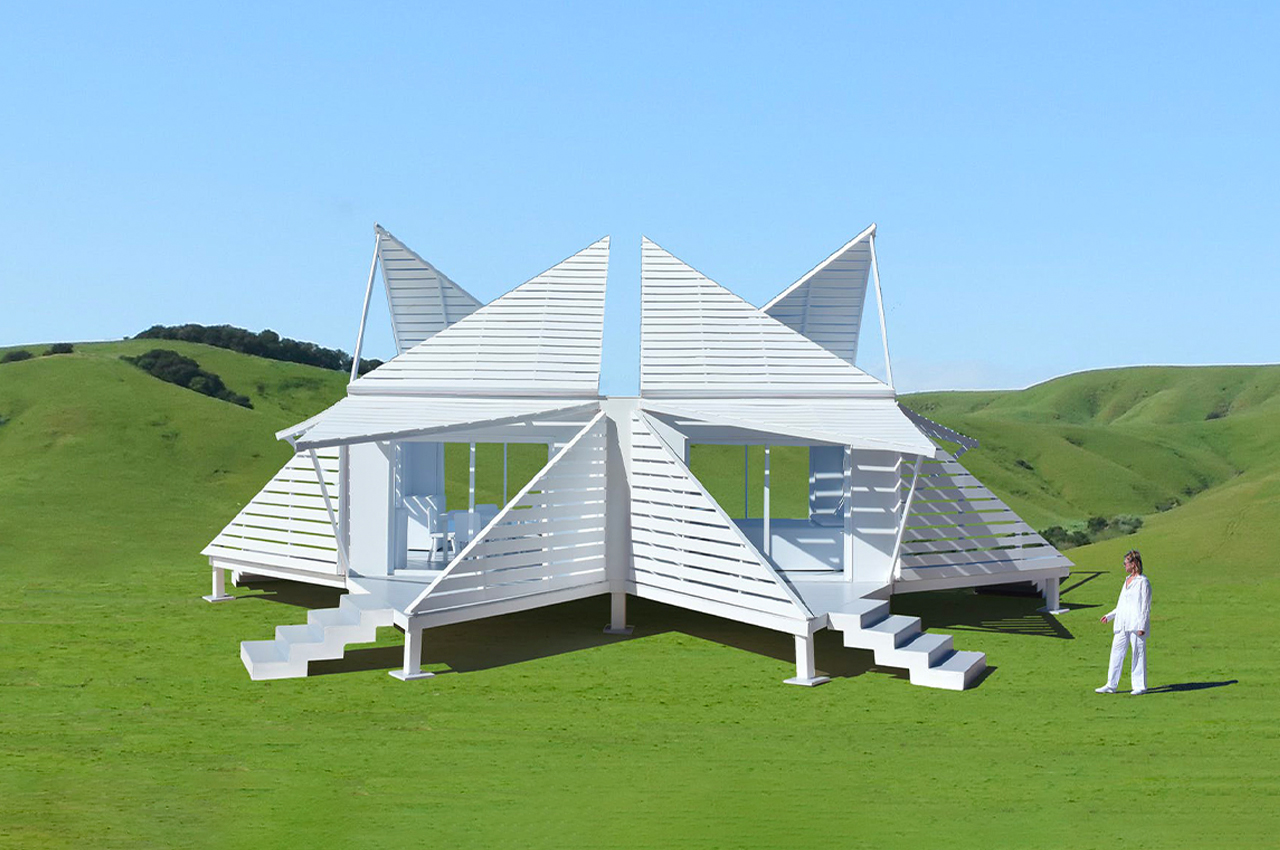
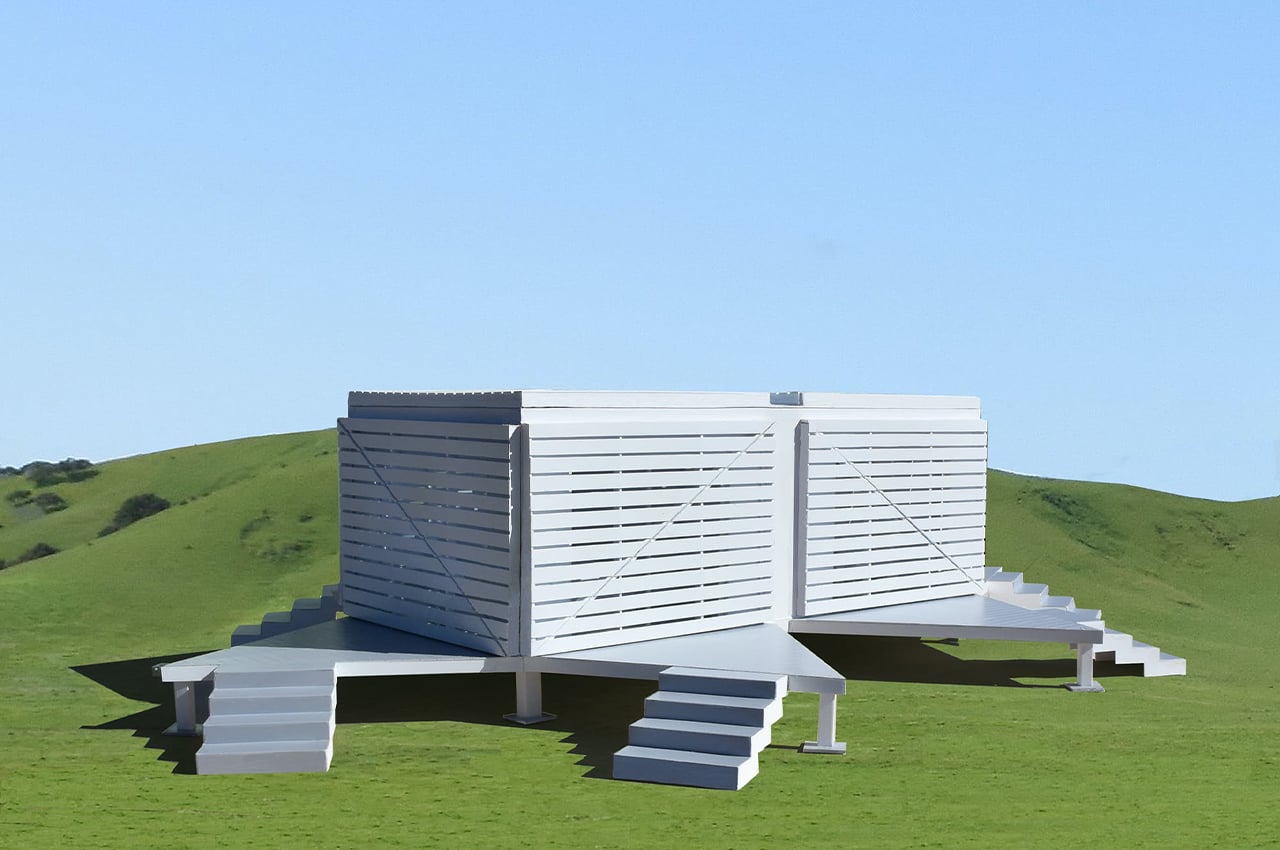
Michael Jantzen, a multidisciplinary artist primarily based in New Mexico, is one artist who appears endlessly impressed by geometry. Merging sustainability, structure, and know-how, Jantzen developed an adaptable trendy dwelling referred to as The Folding Dream Home that expands from an enclosed, cubic construction right into a multi-layered, dream dwelling.
Why is it noteworthy?
From its preliminary conception, the Folding Dream Home was designed as a spot to sleep. Amounting to the scale of a traditional resort room, the Folding Dream Home consists of two prefabricated, transportable modules. Every rectangular module is envisioned mounted atop an elevated, triangular basis that connects the house’s expandable assist beams to its body. On every facade of the Folding Dream Home, Jantzen envisioned triangular overhangs and partitions as foldable panels that broaden from the house’s body.
What we like
- The panels will be folded open or closed in many various methods across the modules in an effort to accommodate numerous useful and/or aesthetic necessities
What we dislike
- It’s nonetheless within the conceptual section, which signifies that there might be basic modifications as the fabric restrictions come within the manufacturing section

